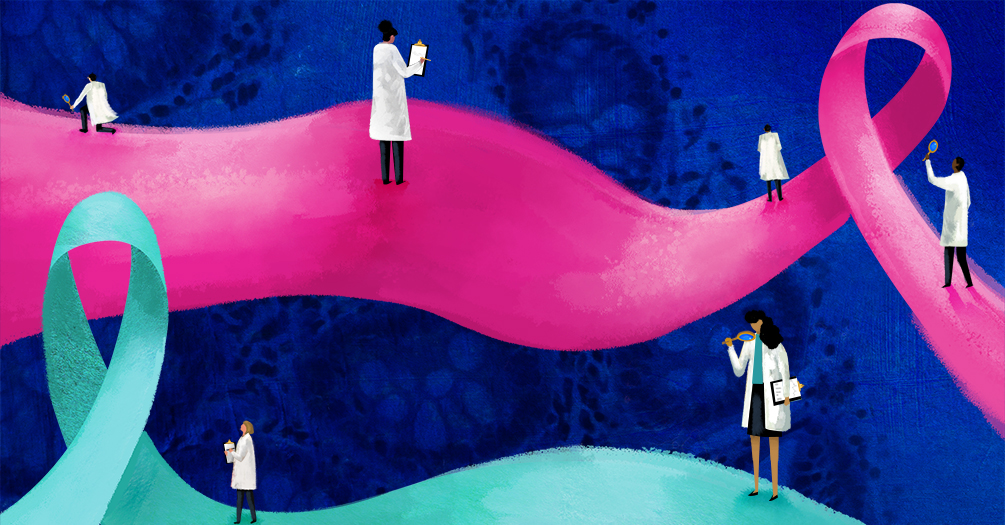
Breaking barriers: Gender, health, and justice for all
Join experts discussing gender and health equity, focusing on challenges for transgender communities, systemic inequities, and legislative impacts, highlighting interdisciplinary solutions.
We're still accepting applications for Fall 2026!
Apply Today
Join experts discussing gender and health equity, focusing on challenges for transgender communities, systemic inequities, and legislative impacts, highlighting interdisciplinary solutions.

Five years after COVID-19 began, University of Michigan School of Public Health experts reflect on lessons learned and ongoing research. Hear stories of resilience programs for older adults and studies tracking the pandemic's lasting impacts.

Join Dean F. DuBois Bowman as he chats with Gina McCarthy, former White House Climate Advisor and EPA Administrator. Explore her journey in public health, tackling climate change and fostering collaboration and environmental justice.

Explore how environmental and chemical exposures contribute to cancer disparities across different demographic groups. Justin Colacino, associate professor of Environmental Health Sciences, unpacks the intersection of pollution, diet, and chronic diseases like cancer.

Leigh Pearce discusses her team's cancer research at the University of Michigan School of Public Health, emphasizing prevention and early detection of ovarian, breast, and cervical cancers. She also mentions the MI-CARES project, which is studying environmental impacts on cancer risk for Michigan residents.

When people have access to better quality, more nutritious foods, their risk of disease decreases. However, for many, there are a number of barriers to accessing the kinds of foods that support good health. But food availability isn’t only one issue that our modern food systems can create. Getting the food to your plate can entail large-scale production that may have a big environmental footprint. Understanding more about how our food is produced can help us make food choices that are better for our individual health and for the environment. In this episode, learn about the impact our food production systems can have on both human health and the environment around us. We’ll also explore how one health department is leveraging local farms and produce to facilitate good health by using food as medicine.